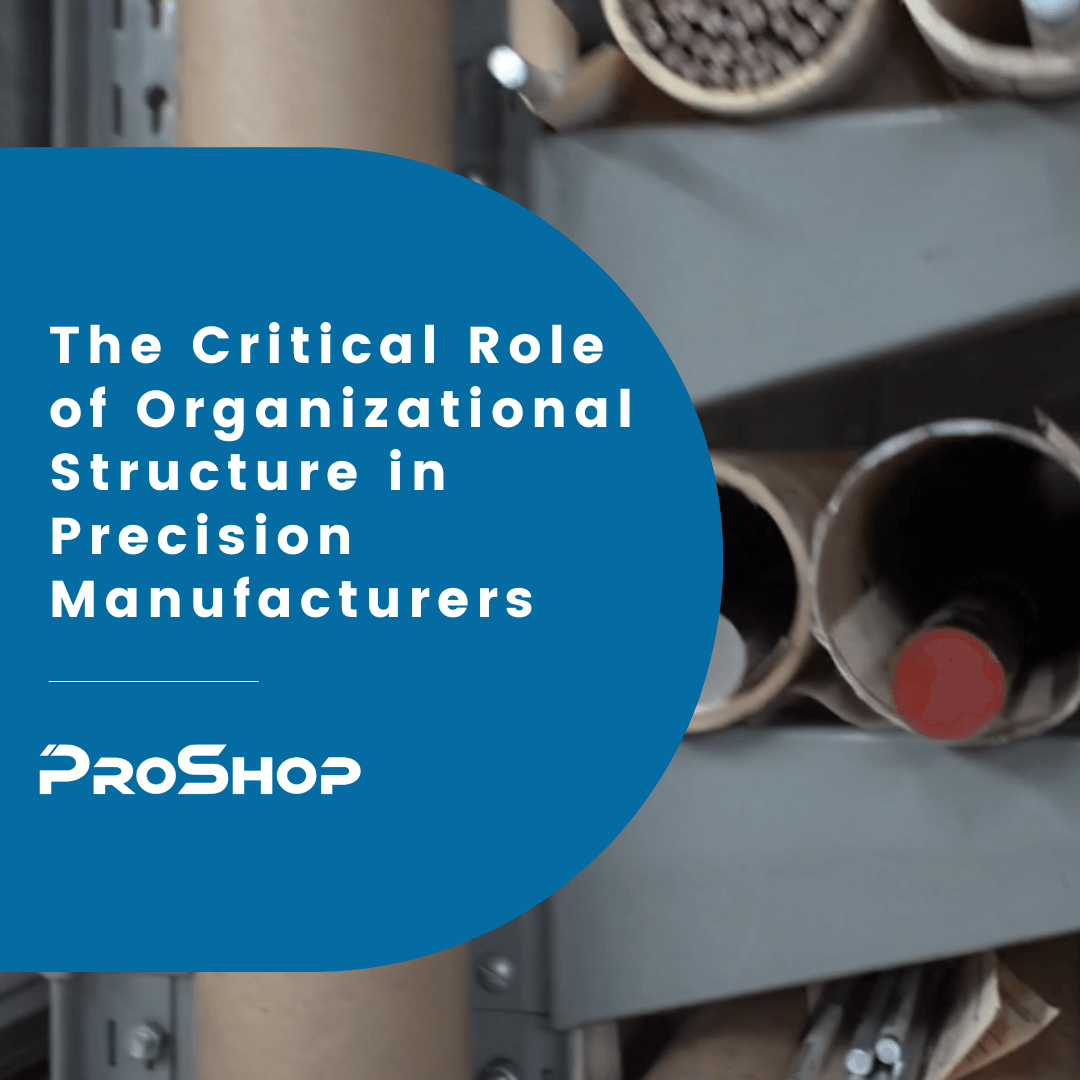Process
& Scheduling
Management
Maintenance
Management
& Inspection
& Material Planning
Financial Data
Management
Author: Paul Van Metre
Got a checklist?
We wouldn’t have designed our Manufacturing ERP without one
Does your ERP system have checklists built into the workflow? Probably not. And that’s a shame because checklists are vitally important to business and ensuring that company processes are followed.
But here’s the deal: Checklists are a boring topic.
They’ve been around forever, and everybody knows what they are. They aren’t very sexy to talk about. They’re way less sexy than IIoT or Industry 4.0. But I’d conjecture they’re just as important and totally underutilized in the manufacturing world.
Does this sound like your shop?
Here is a scenario that plays out across thousands of shops every day: A hot order comes into the sales department. It’s one of your most important clients and they need you to turn a job around in half the time it would normally take you. This is a job you’ve done many times, so you agree to do it. After all, this is one of your biggest clients.
So, sales confirms the due date, prints out the drawing, makes a work order, and sends the job folder to engineering. The material gets ordered right away to support the lead time.
Engineering is backed up and doesn’t notice the folder until the day before the material is to arrive, which is just a day before the job needs to get setup on the machine to make the due date.
When they look at the drawing, they notice that there is a drawing revision change. The material spec was changed; the wrong material got ordered! Some scrambling ensues, and it’s determined that you have some of the correct material in stock, but it’s oversized and will have to be machined down to size, which will double the cycle time for the parts. Ordering the correct material isn’t an option at this point. It would take a week to get in.
The engineer also notices some new geometry that will require programming and maybe some new tools. Luckily, the company has such a large inventory of tools that it’s certain to have what is needed.
The programming is done to incorporate the larger material and the new geometry, and the material is pulled from stock. Two days later the machine is ready for the job, the new program is loaded on the machine, and the machinist starts collecting the tools needed for the job. She realizes that the new program requires a special tap, which you don’t have in inventory. It’s a size that is often on the shelf, but today there just aren’t any to be found.
Normally you’d just pull the job off and switch to another job while the tool arrives, but this job is too hot, so that isn’t a possibility. You order the tap and expedite the shipping overnight for early morning. The tap arrives, and the setup continues.
The delay requires you to run overtime for the next couple days to make up for the lost day of waiting, and the extra hours for machining down the oversized stock. Finally, you make the parts, expedite the shipping to your customer and make their date. Phew!
Despite some bumps, you were able to pull it off. It did cause some chaos in the shop, another couple of customers are mad now because their jobs are late, but you saved the day for your most important client.
This story isn’t extraordinary. And it didn’t have a terrible ending. But it could have been (and often is) much worse. You could have been late delivering to your most important client. You did end up losing money on the job because of the value of that oversized material and the extra machine time it took. So that stings a bit. But you did save the day for your client, and that’s what matters most.
This story could have easily turned out much better. There were three critical areas where a checklist would have saved the day.
The power of a checklist
Years ago, I read a book called The Checklist Manifesto. Medical researcher Atul Gawande was fascinated by the pre-flight checklists that pilots use to ensure everything is safe before a flight. Air travel is incredibly safe when you consider all the potential things that could go wrong. He wondered how the checklist concept could be applied in surgeries – a lot of things could go wrong, and, too often, do.
He wondered if the use of checklists could help improve surgical outcomes. To test this idea, he got several hospitals to agree to try implementing pre-op checklists. The results were staggering: Deaths caused by complications in surgery plummeted 47%!
How could that be? Surgeons and medical staff are among the mostly highly trained professionals in the world. They are very good at their craft, but they aren’t infallible. Something as simple as a checklist can dramatically reduce simple mistakes with critical outcomes.
Reading that book changed our outlook on running our machine shop. (I highly recommend it.)
3 ways an ERP checklist could have saved the day
If a surgeon can improve by that much with a simple checklist, then why aren’t checklists ubiquitous in manufacturing? Our programmers, setup machinists, inspectors, and estimators should be able to reduce errors and improve quality in their workflow by using checklists. Their work isn’t a matter of life or death, but to the health and profitability of a manufacturing company, any improvements can have huge positive effects.
In the story above there were three main places the errors should have been prevented.
If those checklists had existed, and each list had taken 1 minute to complete, then the 3 minutes of time investment would have resulted in a much more favorable outcome, which didn’t make other jobs late, didn’t incur overnight shipping of the tap, didn’t require the use of expensive and oversized material, and didn’t incur overtime for the next 2 days to get back on schedule. What was a loser job could have easily been highly profitable.
It’s for precisely this reason we built a comprehensive checklist capability into ProShop Manufacturing ERP. We call it a Pre-Processing Checklist and it’s built into every single Work Order, and Customer PO/Sales Order in ProShop. It provides a simple method and workflow for employees to follow, ensuring they don’t miss the little details that have such a huge impact.
Not only that, but the configuration of the checklist will automatically morph depending on the Work Order type. If you have a new job you’ve never done before, it’ll be a longer and more detailed list. If it’s a repeat job of the same revision as last time, the list will automatically be much shorter. If it’s a prototype job that doesn’t need all the certifications and quality checks, it can be a tiny checklist of just the essentials. And the infrastructure exists for clients to completely control the configuration of the list and the effects of Work Order type on those lists.
Our clients typically see dramatic results with ProShop: Higher revenue, greater profit, higher spindle uptime, faster setup times, and lower scrap rates. Many factors contribute to these results, but using checklists and ensuring that work is being performed thoroughly and completely is a valuable component.
Checklists are simple and low cost to implement. It just takes a little imagination and some discipline. Why don’t you try using checklists in your shop starting tomorrow, and see how it goes?


